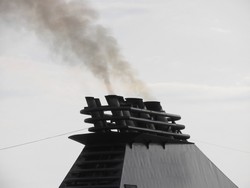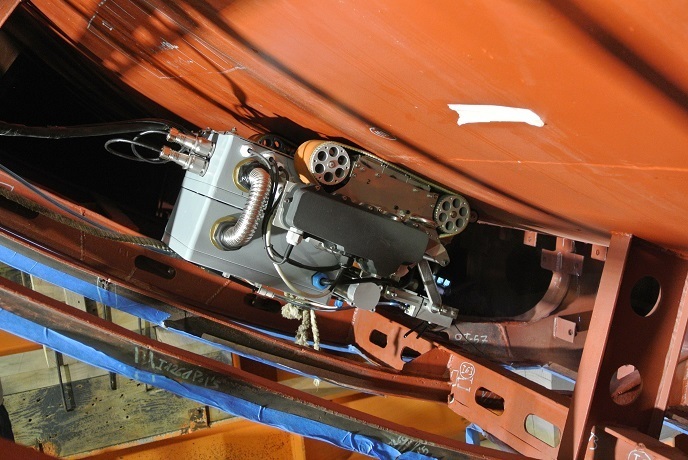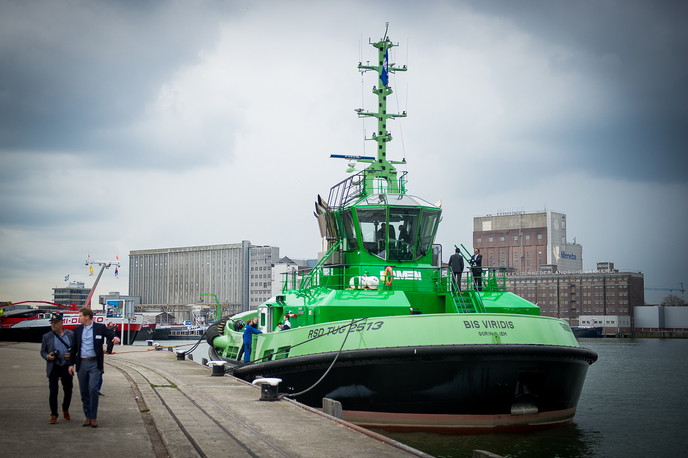Nanofibres to efficiently reduce nitrogen oxide emissions from ships
Continuous rise of NOx in the atmosphere poses a serious concern, and the marine sector represents one third of global NOx emissions. Amongst the various emission control applications used in the shipping industry, selective catalytic reduction (SCR) turns out to be the most efficient technique to reduce NOx emissions by more than 90 %. In traditional SCR processes, ammonia is added to the exhaust streams and sent through porous, monolithic bricks of ceramic catalysts with a high surface area where it reacts with and destroys the harmful gas. Such SCR units are, however, heavy and difficult to clean. Within the EU-funded project BLUESHIP(opens in new window) (Electrospun functionalized nano-materials for ultra-compact de-NOX SCR system in naval shipping), project partners introduced a novel alternative that overcomes these challenges. BLUESHIP’s solution reduces SCR size and weight by 50 %, the purchase installation by 20 % and the operational and maintenance costs by 15 %. The innovative part behind the project’s idea is that the composition of the new SCR is based on electrospun nanofibres with much higher surface area. Electrospinning is widely gaining momentum, and involves use of high voltage to charge a starting solution that is ejected as a droplet from a small needle. The end result is a mesh with very high surface area consisting of very thin fibres that have been produced by the droplet. Unlike conventional SCR technology, all porosity is interconnected, which results in very high surface areas and in the design of smaller-size SCR units. BLUESHIP introduced a compact, light and efficient SCR technology to abate Nox emissions, specifically tailored to the needs of installation or retrofitting on board ships. It can be integrated with state-of-the-art desulphurisation units for complete exhaust treatment and emissions abatement.







